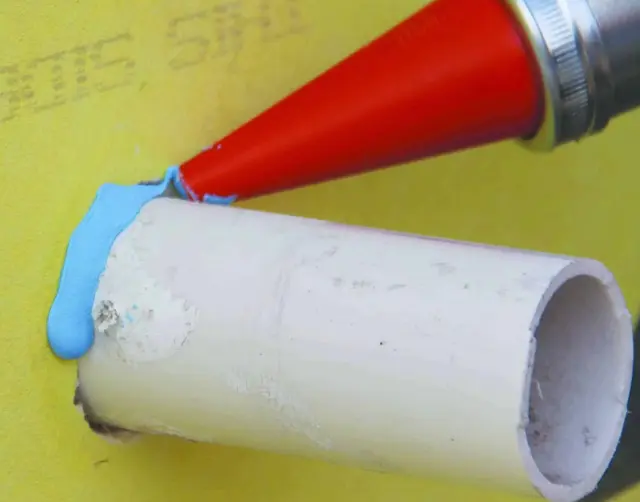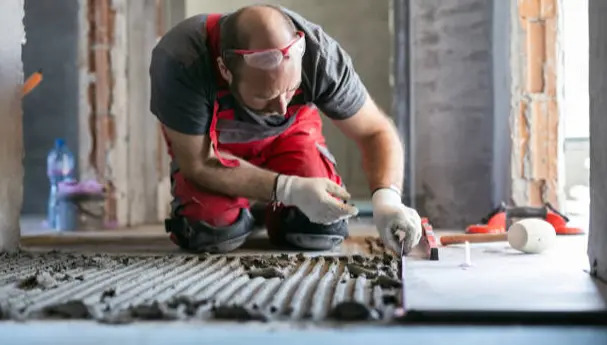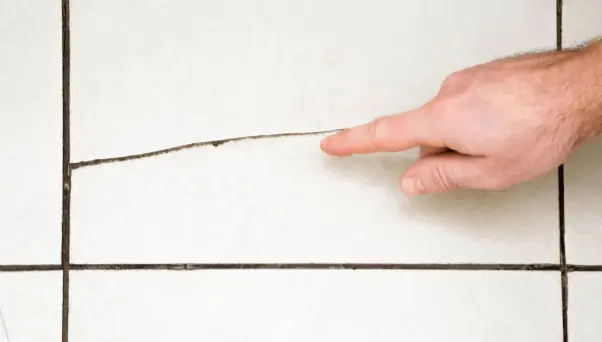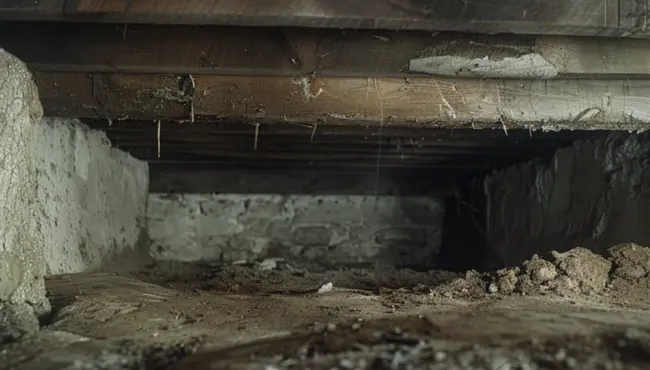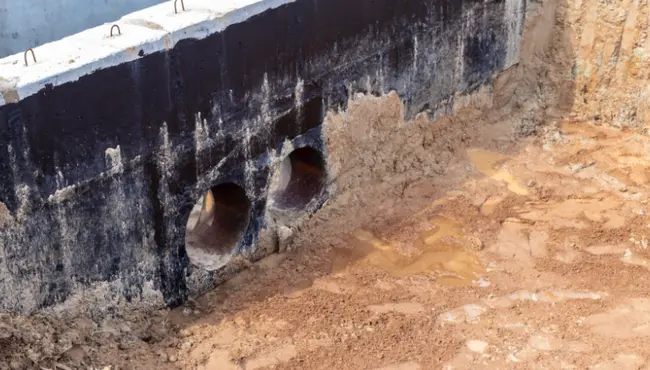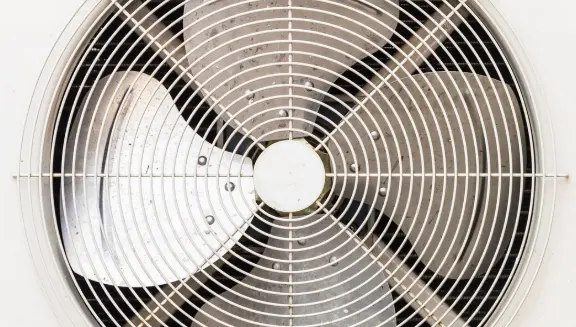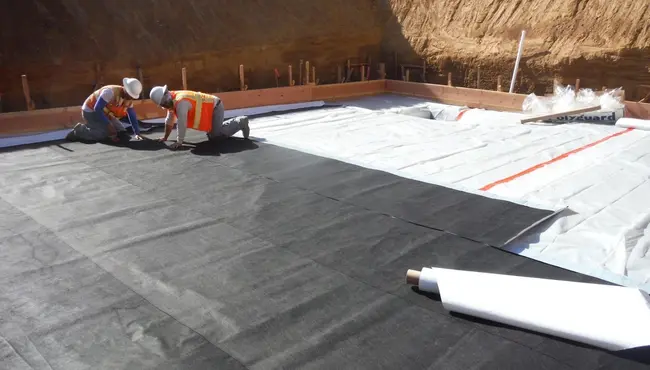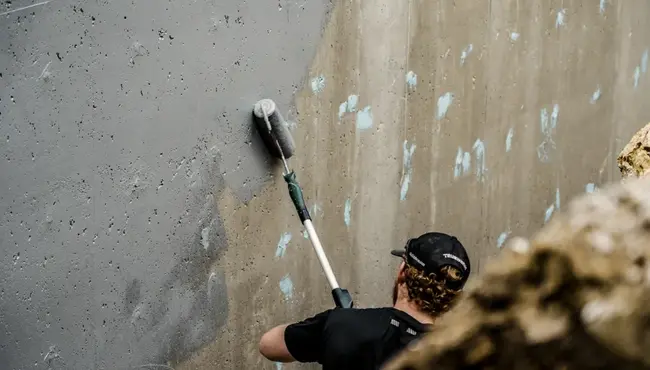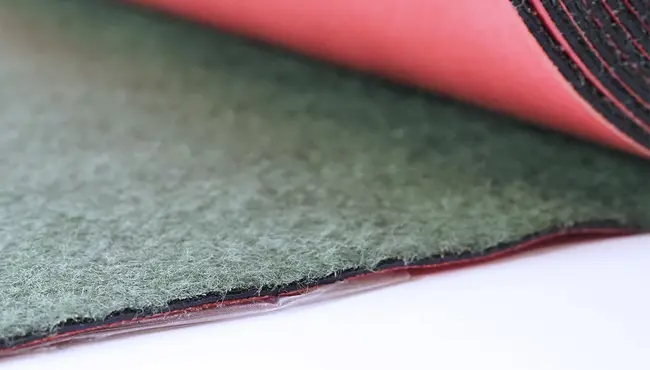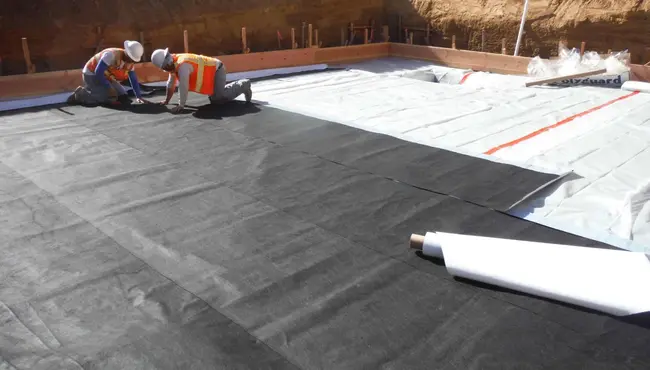Applications of fluid-applied flashings can help seal challenging spaces around windows, doors and other penetrations in the wall system, significantly contributing towards a tight building envelope. A tight building envelope will tremendously improve your home’s energy efficiency and integrity, saving you money on energy bills, maintenance, and repairs. It will also create a more healthy and comfortable indoor environment.
What are Fluid-Applied Flashings?
Fluid-applied flashings provide builders an easier and more effective way to assure continuous coverage around windows, doors, and penetrations and transitions within the walls and ceiling, compared to flashing tape. Flashing tape requires layering to create a continuous air and moisture barrier, and overlapping materials always generate the possibility of water leaks. Liquid-applied flashing flows into every crevice, providing a smooth, continuous flashing around the window sill, foundation, wall system, air vents, and pipes — creating an exceptionally tight air- and water-barrier, significantly contributing to an efficient building envelope.
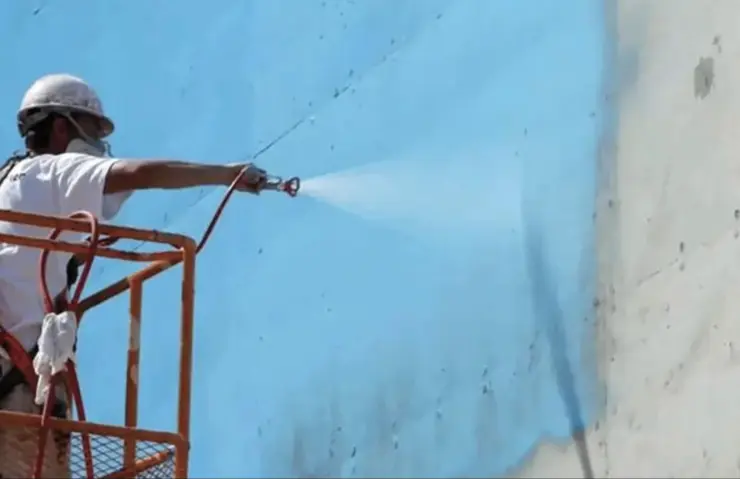
The Cost of Liquid Applied Flashing
On average, liquid-applied flashing costs about $20 for a 20 oz. sausage pack, covering approximately 20 linear feet of liquid window flashing, or 50 linear feet of panel seam.
Why Choose Poly Wall® Liquid Flashing?
Poly Wall® Building Solutions offers two liquid flashing products (trowel and roller grade), each designed to provide the best liquid flashing for the needs of your project, whether you want to seal around windows and doors or fill gaps and seal pipes and penetrations.
Blue Barrier™ Liquid Flashing 2100 (Trowel Grade)
Blue Barrier™ Liquid Flashing 2100 creates a weather-resistant, fully adhered air barrier system around door and window installations. Poly Wall® developed Blue Barrier™ Liquid Flashing 2100 utilizing Silyl Terminated Polyether Technology (STPE), a hybrid product of silicone and polyurethane technologies. Combining these chemistries creates an eco-friendly, permeable liquid flashing with superior shore hardness and exceptional adhesion.
Installing Blue Barrier™ Liquid Flashing 2100
The easy-to-use trowel application of Blue Barrier™ Liquid Flashing 2100 will bond and cure in wet conditions and requires no mixing or primer. Its high viscosity supports gun and spread applications. The installation involves a few simple steps:
Clean the rough openings and 6-inches around the perimeter of the windows or doors with a brush and damp rag.
Install a positive slope on the window’s rough opening (per manufacturer’s installation) to shed water that falls on top of your sill so it won't move towards the interior of the home.
Pre-treat holes, cracks, and imperfections around the windows or doors with Blue Barrier™ 2200 Joint Filler, smoothing with a putty knife. Wait 30 minutes before the next step or until the filler dries.
Use a sausage gun with an applicable tip to achieve the desired bead of material along with the head and jamb framing members. Then spread with a putty knife or trowel.
Apply the liquid flashing around the outside of the rough opening, 4- to 6- inches wide and thick enough so you can’t see the substrate (OSB).
Wait 30 minutes for the flashing to set up or until the product won't stick to your finger before installing the windows or doors.
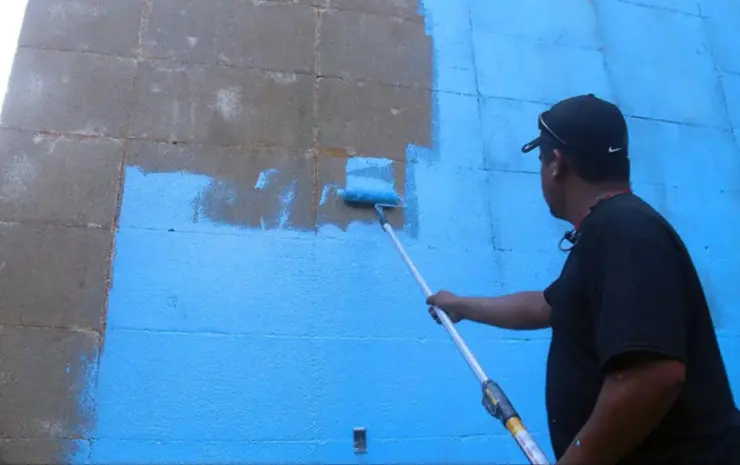
Blue Barrier™ Flash ‘N Wrap 2400 (Roller Grade)
Poly Wall®'s Blue Barrier Flash ‘N Wrap 2400 easily applies with a roller to create a permeable and continuous membrane around windows and doors. In addition, eco-friendly Blue Barrier Flash ‘N Wrap 2400 utilizes STPE technology that allows for wet surface applications, does not require mixing or priming, and dries quickly. Blue Barrier Flash ‘N Wrap 2400 provides:
Strong adhesion and superior shore hardness
Significant durability to protect your home's integrity
Superior indoor comfort and health
Application of Blue Barrier™ Flash ‘N Wrap 2400 (Roller Grade).
Available in 2-gallon ($249) and 5-gallon ($560) pails, Blue Barrier™ Flash ‘N Wrap 2400 provides a 64 ft2/gallon/25 mils coverage rate wet for window and door flashing applications.
Clean and prepare the rough openings and 6-inches of the sheathing around the outside perimeter of the window opening with a stiff brush and damp rag, wiping away debris off all surfaces.
Provide a positive slope on the rough opening sill according to the window manufacturer’s instructions.
Fill voids, cracks, or imperfections greater than 1/8-inch with Poly Wall®l Blue Barrier 2200 Joint Filler, smoothing with a putty knife. Wait 30 minutes or until dry to the touch.
Open the pail (saving the lid liner) of Poly Wall®l Blue Barrier Flash ’N Wrap 2400 and dip the roller into the pail. Shake off the excess coating into the bucket.
Apply the flashing material from the left corner’s rough opening inside the jamb, moving down 6 inches, then 6 inches over from the left to right of the header. This technique helps to create an even distribution of the material. Work material into the corners using a chip brush.
Continue applying until completely covering the window jambs, sills, and header, maintaining a minimum thickness of 25 mils wet with no visible wood.
Apply the flashing on the sheathing on the left side of the window, proceeding 6-inches vertically down the face of the sheathing, then 6-inches horizontally, above the header from left to right. Repeat on the right side, across the top, next to the header, and along the bottom, by the sill. The coating should be about 20 mils thick, with no visible substrate or sheathing.
To remove Blue Barrier residue from surfaces, use an approved solvent (denatured alcohol, mineral spirits, or methyl acetate). Never use water since it aids in the curing cycle of Blue Barrier Flash ’N Wrap 2400.

Poly Wall® Blue Barrier™ Gap Filler2200
Poly Wall® Blue Barrier™ Gap Filler2200, also developed using STPE technology, provides a structural adhesive and detail sealant for filling voids and seams and to bond different materials. Eco-friendly Blue Barrier™ Gap Filler2200 helps create cleaner application beads while providing superior adhesion.
It has a Class A surface burning rating, adding fire protection against flame spread and smoke development within the home.
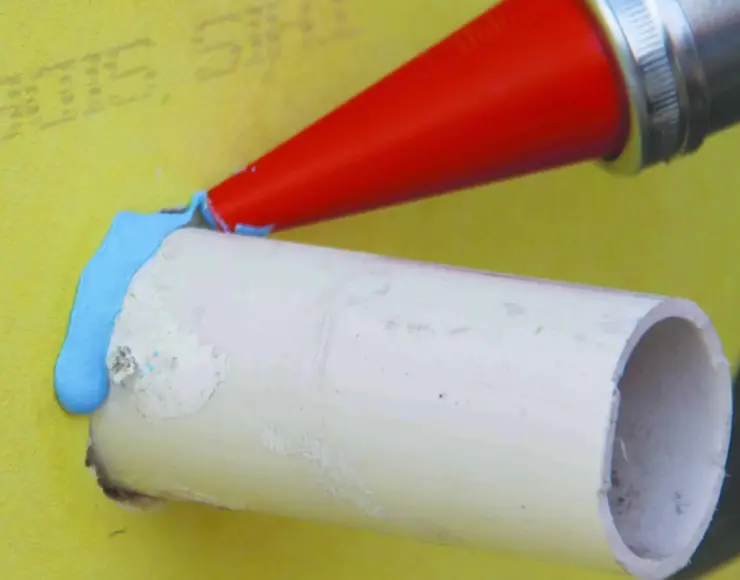
Easy Application of Poly Wall® Blue Barrier™ Gap Filler2200
Poly Wall® Blue Barrier™ Gap Filler2200 comes in 10 oz. caulking tubes and 20 oz. sausage pack and will bond and cure in wet conditions; however, only apply to surface temperatures between 33ºF - 100ºF. You can use it to fill large joints and seams, bridging gaps up to ¾-inch on multiple substrates.
Clean surfaces before applying filler.
Apply with a sausage gun with an applicable tip to achieve the required bead of material.
Before applying Poly Wall® Blue Barrier™ products on the joint filler, clean the fill with an approved solvent, bringing it back to tacky (wet or sticky).
Why You Need Fluid-Applied Flashing
Homeowners want energy-efficient, durable, and healthy homes with low utility, maintenance, and repair costs. Achieving this requires a tight building envelope that keeps out air and moisture. Poly Wall® liquid-applied flashing will contribute significantly towards achieving an air- and moisture-tight house by filling all the voids and cracks around windows, doors, and other exterior penetrations with a long-lasting, permeable flashing with superior adhesion and strength.
Contact Poly Wall® product professionals today about how fluid-applied flashing can help you achieve an air-tight, energy-efficient, durable, and healthy home.
